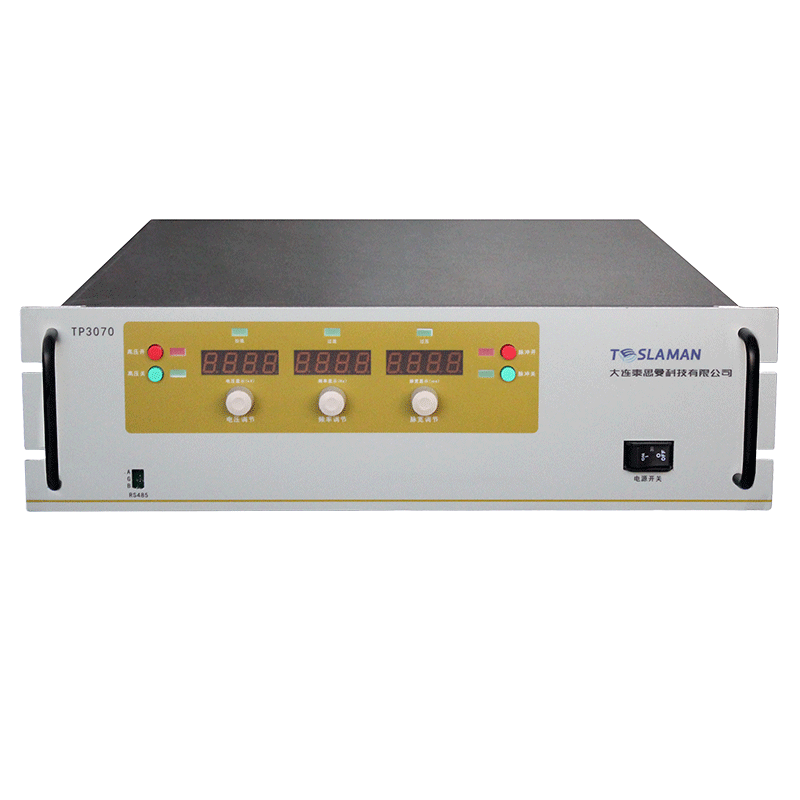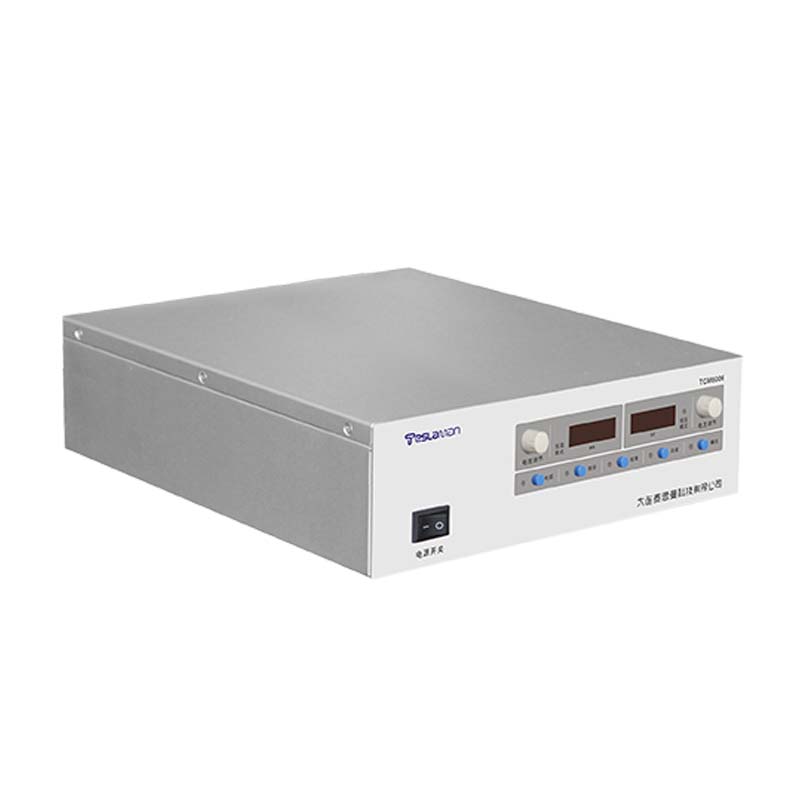Enhancing High-Voltage Power Supply Efficiency for Excimer Lasers
Excimer lasers, as core deep-ultraviolet (DUV) light sources, are indispensable in lithography and precision manufacturing. Their performance critically depends on the efficiency of high-voltage power supplies—improvements here directly impact laser stability, lifespan, and peak power. Traditional thyratron-based pulsed power supplies face limitations such as short lifetimes (~10⁷ pulses) and high thermal losses, hindering high-repetition-rate (kHz) applications. Here, we analyze key technical pathways for efficiency enhancement.
Magnetic Switching & Circuit Topology Optimization
Magnetic Pulse Compression (MPC) technology is the mainstream alternative to thyratrons. It utilizes core saturation to create nonlinear inductance switching: during front-end capacitor charging, the magnetic switch remains high-impedance (unsaturated); at peak voltage, the core saturates, impedance collapses, and energy releases with nanosecond pulses. Experiments show that a three-stage MPC structure compresses pulse rise times below 150 ns, but conventional designs achieve only 35% efficiency due to:
Incomplete energy transfer: Residual capacitor charge dissipation;
Core eddy current losses: Insufficient interlayer insulation in amorphous/nanocrystalline ribbons;
Skin effect in windings: Copper losses exacerbated by high-frequency pulses.
Optimizations include low-loss Fe-based amorphous materials, distributed air gap designs to reduce hysteresis rectangularity, and parameter matching (e.g., decreasing interstage capacitance, graded saturation inductance) to boost energy transfer efficiency beyond 70%.
Semiconductor Switching & High-Frequency Control
All-solid-state power supplies replace mechanical switches with SCRs or MOSFETs, coupled with resonant charging to minimize switching losses. For example, a flyback-boost and bidirectional half-bridge cascaded architecture achieves 68.5% peak efficiency with DSP-controlled duty cycles and frequencies, generating 15 ns pulses and ~5 ns rise times. High-frequency control (>100 kHz) shrinks transformer size, reduces copper/iron losses, and stabilizes voltage (<0.5‰ fluctuation), meeting lithographic dose precision requirements.
Thermal Management & Loss Co-Suppression
~40% of power losses convert to heat, necessitating co-designed cooling and circuits:
Dynamic thermal resistance modeling: Adjust voltage thresholds (HV_{te} = \frac{P \cdot R}{m \cdot c}, where R is thermal resistance) based on discharge energy (P), specific heat (c), and mass (m) to prevent efficiency decay from overheating;
Low-loss materials: e.g., CaF₂ UV optics to reduce photon absorption, and SiO₂-coated core ribbons to suppress eddy currents.
Intelligent Control Strategies
To counter energy drift from gas depletion, implement domain-specific algorithms:
Overshoot zone: PI controllers compensate pulse energy deviations (HV_{em,i} = K_{eo} \cdot \Delta E + I_{eo} \cdot \int \Delta E \, dt);
Steady-state zone: Genetic algorithms balance energy (HV_{em,i}), dose precision (HV_{dm,i}), and thermal effects (HV_{te}) via objective function f = w_1 HV_{em,i} + w_2 HV_{dm,i} w_3 HV_{te}.
Conclusion
High-voltage power efficiency is pivotal for excimer laser advancements. Through innovations in magnetic switching, semiconductor-based high-frequency control, thermal-electrical loss co-optimization, and intelligent algorithms, efficiency can rise from 35% to over 68%, supporting lasers toward 6 kHz repetition rates and sub-pm linewidths. Future breakthroughs in domestic materials and foundational theory (e.g., discharge dynamics) will unlock greater potential for excimer technology in high-end lithography and micro-nano manufacturing.




















